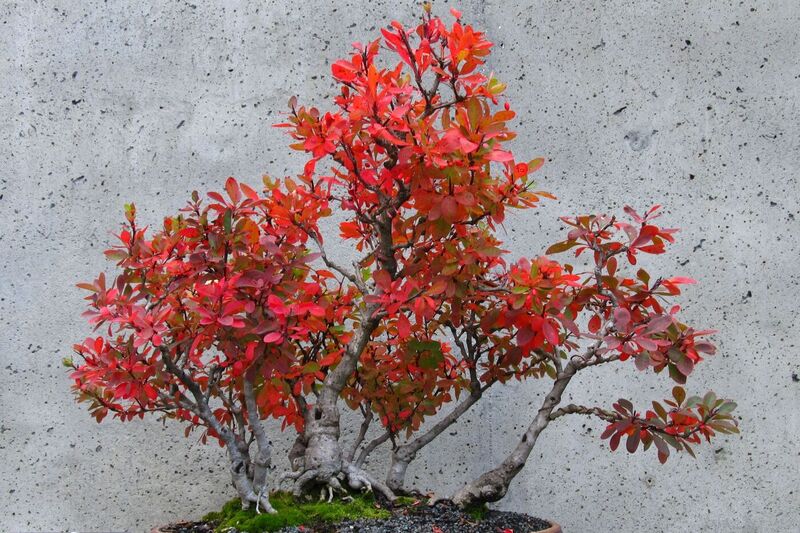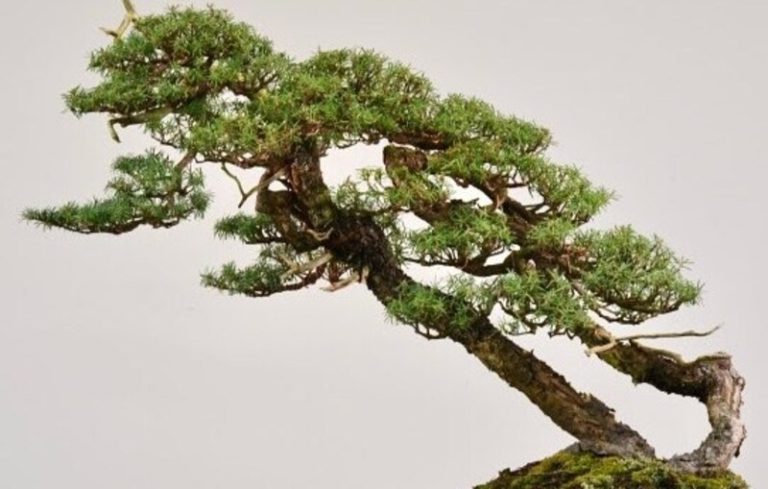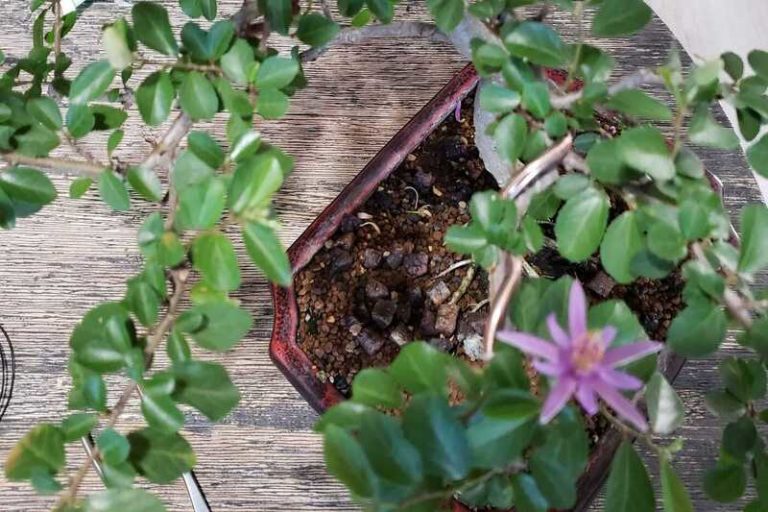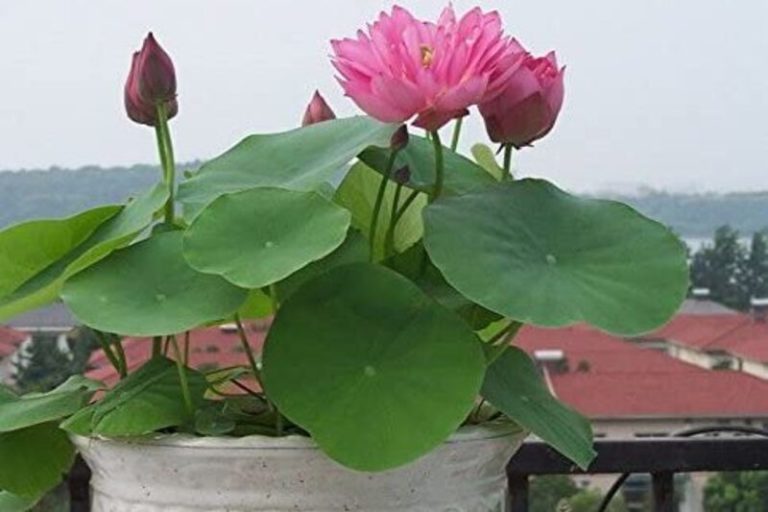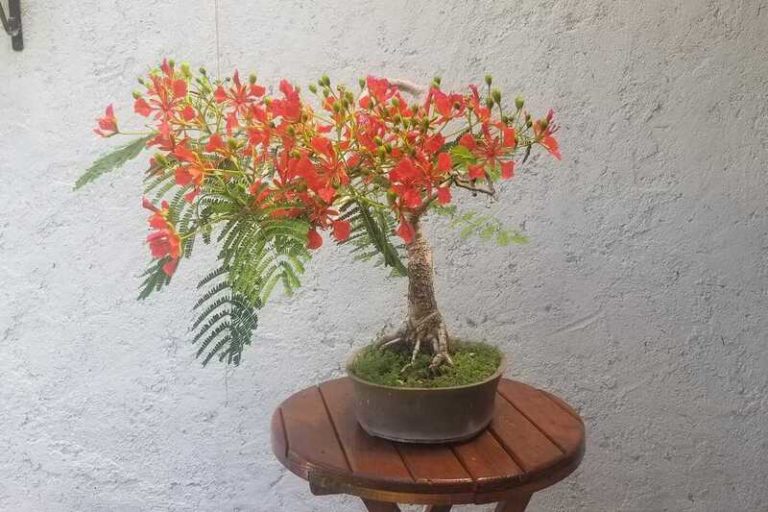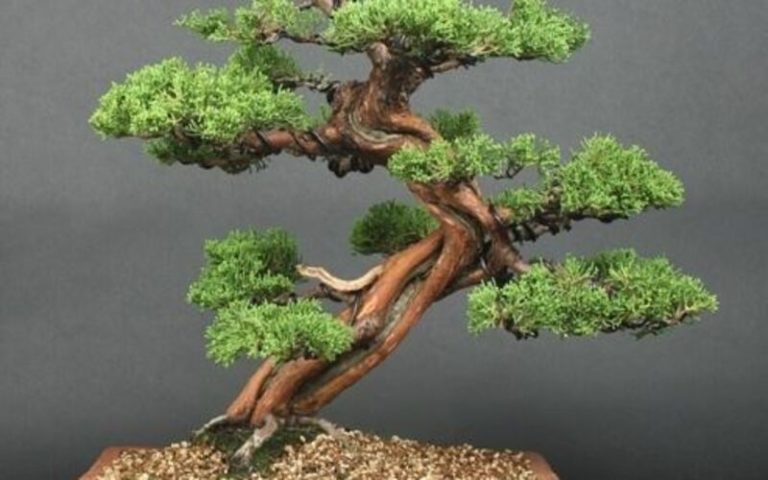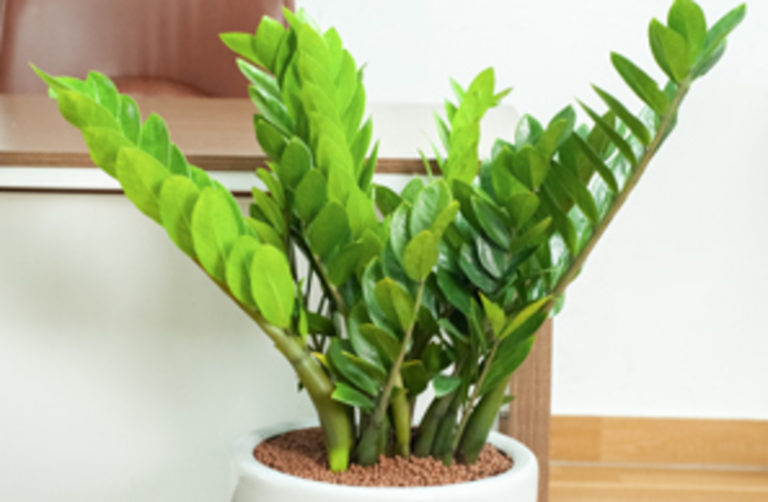Barberry Bonsai: A Fascinating Blend of Nature and Artistry
A captivating miniature tree, barberry bonsai has been cultivated for centuries. This article explores the world of barberry bonsai, including its origin, benefits, and maintenance requirements. Whether you are an experienced bonsai devotee or a novice, this article will provide you with all the necessary information.
What is a Barberry Bonsai?
Barberry bonsai is a small tree that is cultivated and trained to resemble a miniature version of a mature barberry tree. Barberry trees belong to the Berberis family and are known for their thorny branches and vibrant berries. The practice of growing barberry bonsai involves carefully pruning and shaping the tree to create a visually appealing and compact form. These bonsai trees are admired for their delicate leaves, intricate branch structure, and the beauty of their colorful berries. Barberry bonsai can be a wonderful addition to any indoor or outdoor space, bringing a touch of natural beauty and tranquility.
History and Origins of the Barberry Bonsai
The past of the barberry tree can be traced back to ancient times. Bonsai gardening started in China more than a thousand years ago. It then moved to Japan, where it became very famous and refined.
The barberry tree, which is in the Berberis family, has been used for medicine and decoration for a long time in many different countries. People think that barberry trees were first used as bonsai in China during the Tang Dynasty (618–907 AD). Chinese artists and thinkers were known for their love of nature and their desire to make small versions of things they saw in nature. Barberry trees probably caught their attention because of their interesting thorny branches, bright berries, and pretty leaves.
Bonsai, including bonsai with barberries, made its way to Japan at some point. During the Kamakura time (1185–1333 AD), Japanese Buddhist monks started putting bonsai in their temple gardens. They saw them as a way to show that people and nature can live together in harmony. The Japanese took the art of bonsai and made it even better by coming up with new ways to shape and care for the trees.
Barberry bonsai, with its striking features and symbolism, became a popular choice among bonsai enthusiasts in Japan. Over time, the art of barberry bonsai spread to other parts of the world as well, gaining admirers and practitioners globally.
Barberry bonsai is still grown and loved by bonsai fans and gardeners all over the world. The centuries-old practice of shaping and caring for these small trees has been passed down from one generation to the next, keeping the beauty and skill of barberry bonsai alive. Its long history and cultural importance make barberry bonsai an interesting and prized addition to any bonsai collection.
Barberry Bonsai and Their Symbolism
Barberry bonsai holds symbolism in various cultures and is associated with different meanings. Here are some common symbolic interpretations of barberry bonsai:
1. Luck and Prosperity: In certain cultures, barberry bonsai is considered a symbol of good luck and prosperity. It is believed that having a barberry bonsai in your home or garden can attract positive energy, abundance, and fortune.
2. Protection and Defense: The thorny branches of the barberry tree, replicated in barberry bonsai, are seen as a symbol of protection and defense. The spines are believed to ward off negative energies and protect against evil spirits.
3. Resilience and Endurance: Barberry trees are known for their ability to thrive in harsh conditions. They can withstand drought, poor soil, and challenging climates. As a bonsai, barberry symbolizes resilience, strength, and endurance in the face of adversity, inspiring individuals to overcome challenges and persevere.
4. Beauty in Simplicity: People like the way the barberry tree looks because of its fine leaves and colorful berries. Barberry bonsai shows how elegant and simple nature can be in a small way. It reminds us to find beauty in the simple things in life and enjoy the small pleasures.
5. Spiritual Significance: In some spiritual practices, barberry is linked to warding off bad forces, getting rid of bad things, and growing spiritually. Barberry bonsai could be seen as a symbol of these spiritual traits and a place to meditate, think, and feel at peace with yourself.
It’s important to remember that barberry bonsai can mean different things to different people and countries. Its meaning can be changed by a person’s personal views, national traditions, and life experiences. No matter what a barberry bonsai is supposed to mean, it is still a beautiful art form that brings joy, beauty, and a sense of relationship to nature.
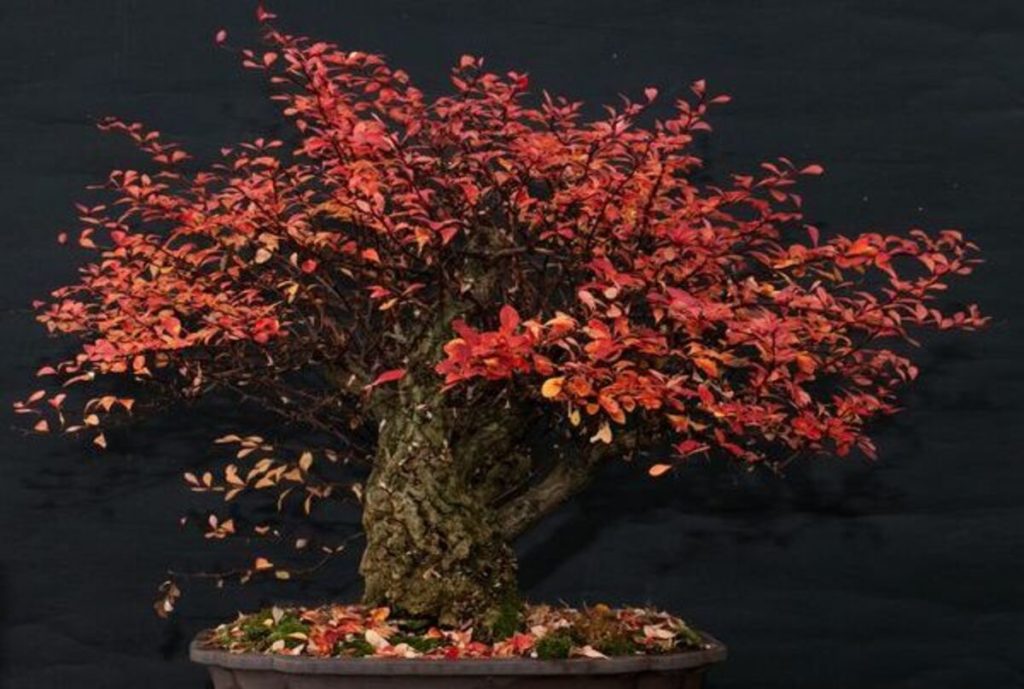
Characteristics of the Barberry Bonsai
The barberry bonsai exhibits several distinctive characteristics that contribute to its charm and appeal. Here are some key features of the barberry bonsai:
- Size: A barberry bonsai is a miniature tree, intentionally cultivated and pruned to maintain a compact size. It typically ranges from 6 inches to 2 feet (15 cm to 60 cm) in height, making it perfect for indoor cultivation or small outdoor spaces.
- Leaves: The barberry bonsai has small, delicate leaves. Most of the time, they are oval or circular and have sharp ends. Depending on the species or type of barberry, the leaves can range in color from bright green to dark or purple.
- Branches: Barberry bonsai is known for its intricately branched structure. The branches are often thin and wiry and can be slightly thorny, resembling the natural growth pattern of larger barberry trees. The branches can be trained and shaped using pruning and wiring techniques to create the desired artistic forms.
- Berries: The berries are one thing that makes the barberry tree stand out. The bonsai form also makes small berries, which, based on the species, can be red or orange. These berries make the bonsai look more colorful and interesting as a whole.
- Thorny Nature: Like its bigger relatives, a barberry bonsai usually has branches with thorns. The thorns make the bonsai look more interesting and give it structure. Most of the time, they are small and sharp to protect themselves.
- Seasonal Changes: Just like full-sized trees, barberry bonsai change with the seasons. In the spring, the bonsai may grow small, tiny flowers in colors like yellow or orange. As the seasons change, the leaves may turn different colors, making a beautiful show of fall colors.
- Longevity: With proper care and management, a barberry bonsai can live for many years. It is a long-lasting plant that can become a treasured part of a bonsai fanatic’s collection as it grows in beauty and personality over time.
These characteristics collectively contribute to the uniqueness and visual appeal of the barberry bonsai. Its miniature size, delicate leaves, intricate branches, colorful berries, and thorny nature make it an enchanting addition to any bonsai collection or living space.
Types of Barberry Bonsai
There are several species and varieties of barberry that are commonly used for bonsai cultivation. Each type of barberry bonsai has its own unique characteristics and appearance. Here are some popular types of barberry bonsai:
Berberis thunbergii: This type of barberry, which is also called Japanese barberry, is one of the most common types of barberry grown for bonsai. It has small, oval-shaped leaves that change color with the seasons. In spring and summer, the leaves are bright green, but in fall, they turn bright shades of red, orange, and purple. Berberis thunbergii bonsai plants often have red berries, which adds to their beauty.
Berberis vulgaris: This species, which is often called “European barberry,” has bigger leaves than Berberis thunbergii. The leaves are oval and shiny green. In the fall, they turn bright yellow. The European barberry bonsai grows berries that are bright red.
Berberis x ottawensis: This is a hybrid barberry resulting from crossing Berberis thunbergii and Berberis vulgaris. The hybrid inherits the best traits from both parents, including smaller leaves and attractive autumn foliage colors. Berberis x ottawensis bonsai can produce red or orange berries.
Berberis buxifolia: It is also called boxleaf barberry, and it has small, round leaves that are a shiny dark green color. This species is great for making small bonsai patterns with a lot of fine details.
Berberis microphylla: Native to New Zealand, this species is known for its tiny leaves, which give the bonsai a delicate and refined appearance. Berberis microphylla bonsai can have green or bronze foliage, and some varieties produce red berries.
Berberis thunbergii ‘Atropurpurea’: This type of Berberis thunbergii is a common one. It is prized for its dark purple or red leaves, which stay bright and beautiful all summer long. The ‘Atropurpurea’ bonsai adds a bright splash of color and a striking difference to any collection.
These are just a few examples of the many kinds of barberry bonsai that are available. Each type has different leaf shapes, colors, and ways of growing, giving bonsai fans a wide range of choices to choose from. Whether you like bright fall colors, small leaves, or unique berries, there is probably a barberry bonsai type that fits your tastes and artistic vision.
How to Grow a Barberry Bonsai
Growing a barberry bonsai requires careful attention to its specific needs and regular maintenance. Here are some steps to help you successfully grow a barberry bonsai:
1. Selection of a Healthy Tree: Choose a healthy barberry sapling or young tree from a reputable nursery or garden center. Look for a plant with vibrant leaves, strong stems, and no signs of pests or diseases.
2. Suitable Pot and Soil: Select a bonsai pot that provides adequate drainage and is proportionate to the size of your barberry tree. Use a well-draining bonsai soil mix or a blend of Akadama, pumice, and lava rock to ensure proper aeration and water retention.
3. Positioning and Sunlight: Put your barberry tree somewhere that gets bright, but not direct, sunlight. Barberry trees need at least 6 hours of sun a day, so put them near a window that faces south or west. Rotate the shrub every so often to make sure it gets the same amount of sunshine.
4. Watering: When the top inch of soil on your barberry bonsai feels a little dry, give it a lot of water. Don’t water too much, because too much water can cause the roots to die. Change how often you water your plants based on the season, temperature, and humidity. It’s better to go slightly underwater than to go overwater.
5. Pruning and Shaping: To keep your barberry bonsai in the shape and size you want, you must prune it regularly. Carefully cut off any useless branches, extra leaves, or weak growth with sharp bonsai shears. Cut back the plant when it is dormant or after it has bloomed. You can gently bend the twigs with wire, but you should be careful not to hurt them.
6. Fertilization: During the growing season (spring to fall), give your barberry bonsai a balanced bonsai fertilizer to give it all the nutrients it needs. Follow the directions on the box of fertilizer and don’t use too much, because that can hurt the tree.
7. Winter Care: Barberry bonsai is usually hardy, but it is best to protect it when it gets cold enough to freeze. Move the bonsai to a cool, well-ventilated place, like a garage that isn’t warm or a protected spot outside. Make sure the earth doesn’t completely dry out over the winter.
8. Pest and Disease Control: Check your barberry bonsai every so often for signs of pests like aphids or spider mites. Use natural or safe poisons to get rid of any pests right away. Keep clean and pick up leaves and other waste to stop the spread of diseases.
9. Repotting: Every two to three years, you should repot your barberry bonsai. The best time to do this is in the early spring, before the plant starts growing again. Remove some of the roots to keep the root system healthy, and then fill the dirt with new bonsai soil mix. Repotting keeps the roots from getting too crowded and helps the bonsai stay healthy overall.
Remember, growing a barberry bonsai requires patience, observation, and a commitment to regular care. By providing the right growing conditions, proper watering, pruning, and protection from pests, you can enjoy the beauty of a healthy and thriving barberry bonsai for years to come.
Benefits of the Barberry Bonsai
The barberry bonsai offers several benefits beyond its aesthetic appeal. Here are some notable advantages to having a barberry bonsai:
Stress Relief and Relaxation: The barberry bonsai makes you feel calm and relaxed, just like all bonsai trees do. Taking care of and caring to a bonsai can be a relaxing and stress-relieving way to connect with nature and reduce stress.
Indoor Decor and Space Optimization: Barberry bonsai is a fantastic choice for indoor growth. Its diminutive size lets it to thrive in small settings, making it ideal for flats, offices, or any other environment with restricted space. The bonsai may give natural beauty and tranquility to the environment of your living or working place.
Cultivation of Patience and Discipline: Growing and shaping a barberry bonsai takes care, discipline, and close attention to detail. It teaches you the importance of being consistent and making a long-term commitment. Bonsai cultivation can be a satisfying hobby that helps people grow as people and develop a sense of duty.
Connection with Nature: Even in cities, a barberry bonsai is a link to nature. Seeing the bonsai grow and change with the seasons can remind you of the beauty and processes of the natural world. It lets you understand the complexity of plant life and feel more connected to the world.
Learning Opportunity: When you grow a barberry bonsai, you can learn about the tree’s special needs and how to care for it. It lets you learn how to do things like prune, wire, and take care of the dirt. Bonsai can be a constant learning experience that helps people understand plants and their environments better.
Artistic Expression: The barberry bonsai is a living work of art. Its intricate branches, vibrant foliage, and colorful berries can be shaped and styled in various bonsai techniques. Creating and designing bonsai allows for personal expression and creativity, offering a unique artistic outlet.
Symbolism and Cultural Significance: Like other bonsai plants, the barberry bonsai has meanings in different cultures. It can stand for things like strength, security, and living in balance with nature. Taking on these symbolic meanings can give your tree more depth and meaning in your life.
The barberry bonsai offers a multitude of benefits, from providing a peaceful and beautiful presence to nurturing personal growth and connection with nature. Whether you are a seasoned bonsai enthusiast or a beginner, the barberry bonsai can enrich your living space and bring joy and fulfillment to your journey of cultivating and caring for this miniature tree.
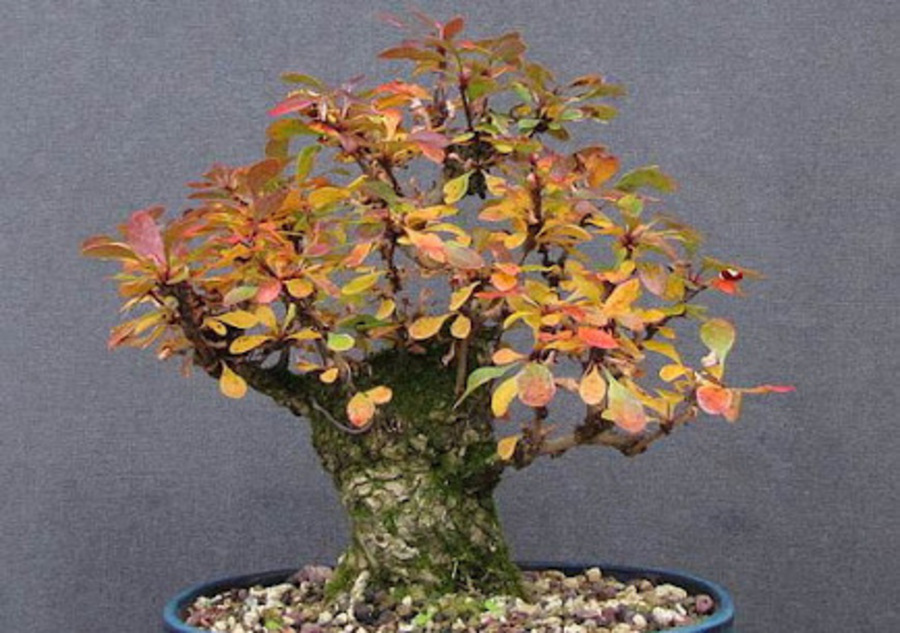
Displaying and Showcasing the Barberry Bonsai
Displaying and showcasing your barberry bonsai can enhance its beauty and create an engaging focal point in your home or garden. Here are some tips for effectively presenting your barberry bonsai:
- Choice of Display Area: Choose a place that will show off the beauty of your barberry bonsai. Think about things like lighting, warmth, and how the room looks as a whole. Inside, you can use shelves, windowsills, or stands made just for bonsais. Outside, you can show off the bonsai on a patio, a porch, or a table made just for that purpose.
- Display Stand: Use a show stand to raise your barberry shrub. This helps the tree stand out more and brings it up to eye level so it’s easier to see. Choose a stand that goes with the style of your bonsai and the rest of the décor in the area where it will be on show.
- Placement and Composition: Set up your barberry shrub so that it looks interesting. Try different views, placements, and groups with other bonsai or complementary elements like rocks, moss, or ornamental plants. Use the ideas of balance and harmony to make an arrangement that looks good.
- Lighting: Make sure your barberry bonsai gets the right amount of light. If the bonsai is being shown inside, put it near a window that gets bright, indirect sunshine. Outdoor displays should take into account how much light the bonsai needs and, if necessary, provide enough shade or cover from the harsh noon sun.
- Rotation: Rotate your barberry bonsai often to make sure it grows evenly and doesn’t lean toward one light source. This makes sure that the bonsai grows in a healthy way and lets you see its form from different angles.
- Pristine Presentation: Maintain and shape your barberry shrub. Remove dead or dying leaves on a regular basis and cut to keep the shape you want. Also, make sure the pot and the area around it where it is displayed are clean and free of dirt and other things.
- Seasonal Displays: Bring out the beauty of the season in your barberry bonsai by adding seasonal touches. For example, you can show off the bonsai in the spring with blooming bulbs, and in the fall, you can show off the colorful leaves with other fall decorations.
- Educational Information: Provide educational information about your barberry bonsai. This can include a small plaque or tag with the bonsai’s name, species, and any significant historical or cultural facts about barberry bonsai. Sharing this knowledge can enhance appreciation and engagement among viewers.
- Participation in Bonsai Exhibitions: Consider participating in local bonsai exhibitions or shows to showcase your barberry bonsai. These events provide opportunities to learn from experienced enthusiasts, receive feedback, and share your passion for bonsai with others.
Remember to regularly assess the display conditions and adapt as necessary to ensure the well-being and visual impact of your barberry bonsai. By thoughtfully presenting and showcasing your bonsai, you can create an engaging and captivating display that highlights the unique beauty and artistry of the barberry bonsai.
Styling and Design of a Barberry Bonsai
The styling and design of a barberry bonsai involve shaping and training the tree to create a visually appealing and balanced composition. Here are some common styling techniques and considerations for designing your barberry bonsai:
1. Formal Upright Style (Chokkan): The goal of this style is to have a straight, tall stem with branches that get thinner as they go out. Choose a young barberry bonsai with a straight trunk as a place to start. To guide the stems upward and make the shape you want, you need to prune and wire them regularly.
2. Informal Upright Style (Moyogi): This style has a trunk that looks more natural and is slightly bent. It tries to look like a grown tree, with its smooth and relaxed shape. Choose a barberry bonsai with a slightly curved trunk as a starting point. Then, use trimming and wiring to make the branches move more naturally.
3. Slanting Style (Shakan): This style looks like a tree that is leaning naturally because of things like wind or a hill. Choose a barberry bonsai with a naturally curved trunk or wire and place the trunk in such a way that it moves diagonally. Cut back the branches and shape them so they look good with the slanted trunk.
4. Cascade Style (Kengai): This style looks like a tree growing on the edge of a rock or over a river. The base falls down like a waterfall, and the branches go with the flow of gravity. To make a barberry bonsai in the style of a waterfall, the tree and branches need to be wired and placed carefully so that the branches hang down.
5. Semi-Cascade Style (Han-Kengai): Similar to the cascade design, the semi-cascade style contains a trunk that bends downward, but it does not reach below the base of the pot. This style may provide a sense of movement and dynamic energy in the design. Use wire to produce the correct curve and balance in the trunk and branches.
6. Informal Broom Style (Hokidachi): In this style, the trunk grows straight and tall, and the branches spread out in a measured and orderly way along the tree’s length. This style works for barberry bonsai that have a lot of branches. To make the tree look like a broom, it needs to be pruned and wired on a regular basis.
7. Windswept Style (Fukinagashi): This style reflects the effect of strong winds on a tree, with the branches and foliage swept to one side. The trunk and branches exhibit a slanted or curved appearance. Use wiring and pruning techniques to create the windswept effect, making sure to maintain a sense of balance and movement in the design.
When designing your barberry bonsai, consider the natural growth pattern of the tree and work with its unique characteristics. Allow the tree’s form and features to guide your styling decisions. Regular maintenance, including pruning and wiring, is essential to refine and maintain the desired design over time.
Bonsai styling is an art form that takes imagination, patience, and a deep respect for the natural beauty of the barberry bonsai. Enjoy the process of shaping and planning your bonsai, and let your imagination shine as you create a unique and visually appealing composition.
How to Care for and Maintain a Barberry Bonsai
Caring for and maintaining a barberry bonsai is essential to ensuring its health, vitality, and aesthetic appeal. Here are some important guidelines for the care and maintenance of your barberry bonsai:
- Watering: Proper watering is crucial for the health of your barberry bonsai. Water the tree when the top inch of soil feels slightly dry, but avoid overwatering as it can lead to root rot. Ensure that the water penetrates the entire root ball by watering thoroughly. Adjust the frequency of watering based on the season, temperature, and humidity levels.
- Sunlight: Barberry bonsai does best in bright light that comes from the side. Put your tree where it will get at least 6 hours of sunshine a day. If you are growing your bonsai indoors, choose a spot near a south- or west-facing window to get enough light. Rotate the bonsai often so that all sides get the same amount of sunshine.
- Soil: Barberry bonsai prefers well-draining soil. Use a bonsai soil mix or a blend of Akadama, pumice, and lava rock to ensure proper drainage and aeration. Avoid compacted or heavy soils that retain excessive moisture, as they can lead to root issues.
- Fertilization: Feed your barberry bonsai with a balanced bonsai fertilizer during the growing season (spring to fall) to give it the nutrients it needs. Follow the directions on the fertilizer box and don’t use too much, as that can hurt the tree. During the winter, when plants are dormant, cut back on or stop fertilizing.
- Pruning: Your barberry bonsai needs to be pruned often to keep its shape, size, and general health. Remove any stems that are dead, sick, or broken as soon as possible. Also, cut back too much growth to keep the shape you want and encourage ramification, which is the growth of smaller stems. Cut back the plant when it is dormant or after it has bloomed.
- Wiring: You can form and train the branches of your barberry bonsai by using wire. Use bonsai wire to carefully bend and place the branches in the way you want. Be careful not to wrap the wire too closely, or it could hurt the bark. Keep an eye on how the plant grows and fix the wire or take it off if it gets too close to the leaves.
- Pest and Disease Control: Check your barberry bonsai for signs of aphids, spider mites, or scale insects on a regular basis. Use organic or safe poisons to get rid of any pests right away. Also look out for common tree illnesses like powdery mildew or root rot. To keep the tree from getting sick, keep it clean, pick up any dropped leaves or other waste, and make sure there is enough airflow around it.
- Repotting: Every two to three years, you should repot your barberry bonsai. The best time to do this is in the early spring, before the plant starts growing again. Repotting helps to freshen the soil, keep the roots from getting too close together, and encourage healthy root growth. Remove some of the roots to keep the root system tight and even, and fill the soil with a fresh bonsai soil mix.
- Winter Protection: Barberry bonsai is generally hardy, but it’s advisable to protect it during freezing temperatures. Move the bonsai to a cool, well-ventilated area, such as an unheated garage or a sheltered spot outdoors. Protect the roots from frost by insulating the pot with mulch or wrapping it with burlap. Ensure that the soil doesn’t dry out completely during winter dormancy.
Regular observation, care, and maintenance are key to keeping your barberry bonsai healthy and vibrant. By providing appropriate watering, sunlight, soil, and nutrition, and addressing pruning, wiring, and pest control when necessary, you can enjoy the beauty and longevity of your barberry bonsai for years to come.
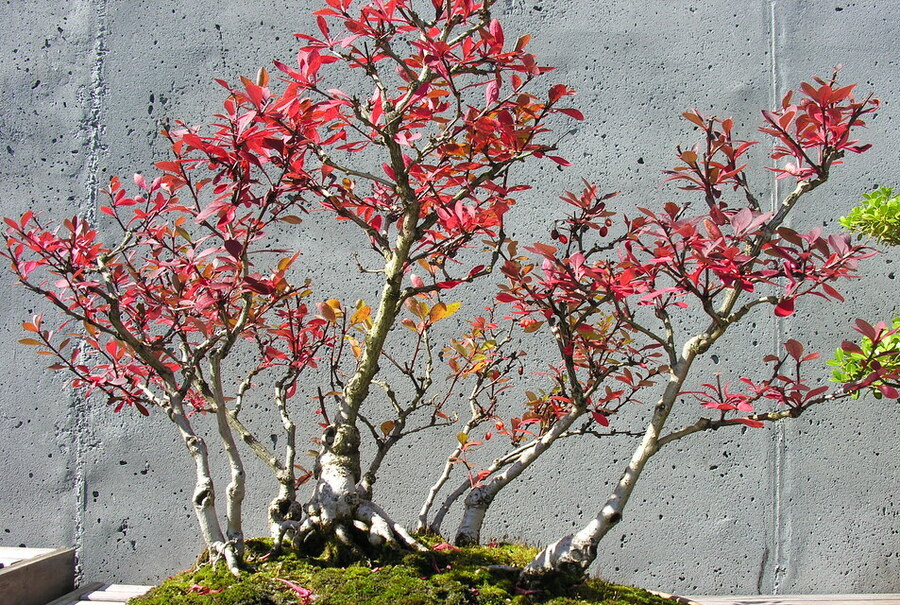
Barberry Bonsai Care Sheet
| Aspect | Care Tips |
| Watering | Water when the top inch of soil is slightly dry. Avoid overwatering. |
| Sunlight | Place in bright, indirect sunlight for at least 6 hours per day. |
| Temperature | Moderate temperatures, protect from extreme heat or cold. |
| Humidity | Maintain adequate humidity through misting or humidity trays. |
| Fertilization | Use balanced bonsai fertilizer during the growing season. |
| Pruning and Trimming | Regularly prune to maintain shape and remove dead/damaged branches. |
| Wiring and Styling | Use wiring techniques to shape branches and create desired design. |
| Repotting | Repot every 2-3 years during early spring, prune roots as needed. |
| Pest and Disease Control | Regularly inspect for pests, treat with appropriate methods. |
| Winter Care | Protect from frost, reduce watering and fertilization in dormancy. |
| Regular Maintenance | Regularly observe and adjust care routine based on the tree’s needs. |
Remember that these care tips serve as general guidelines, and it’s important to monitor your specific barberry bonsai’s response to the care routine and make adjustments as necessary.
Conclusion
The barberry bonsai is a beautiful and versatile tree that offers various styling options. Caring for a barberry bonsai involves proper watering, providing adequate sunlight, maintaining suitable temperatures and humidity, regular fertilization, and pruning and wiring to maintain its shape. Displaying the bonsai can be done creatively to showcase its beauty. Owning a barberry bonsai is a rewarding experience that allows you to connect with nature and appreciate the artistry of bonsai cultivation.
FAQ
Q: What is a Barberry Bonsai?
A: A Barberry Bonsai is a miniature tree cultivated from the Barberry plant, pruned, and trained to create a small, aesthetically pleasing version of the full-sized Barberry tree.
Q: What are the different types of Barberry Bonsai?
A: Common species used for Barberry Bonsai include Berberis thunbergii, Berberis koreana, and Berberis julianae, each with unique characteristics.
Q: How long does it take for a Barberry Bonsai to mature?
A: A Barberry Bonsai can take anywhere from 5 to 10 years or more to grow into a mature and well-shaped tree.
Q: Can I keep a Barberry Bonsai indoors?
A: While possible, Barberry Bonsai are best suited for outdoor cultivation due to their need for bright, indirect sunlight.
Q: Do Barberry Bonsai produce flowers and fruits?
A: Yes, Barberry Bonsai produce flowers in spring, followed by small berries in various colors.
Q: Are Barberry Bonsai prone to pests and diseases?
A: Barberry Bonsai can be susceptible to pests like aphids and diseases like powdery mildew, but regular inspections and proper care can help prevent infestations.
Q: Can I propagate a Barberry Bonsai from cuttings or seeds?
A: Yes, Barberry Bonsai can be propagated from cuttings or seeds, with cuttings being a common and more straightforward method.
Also Read:

